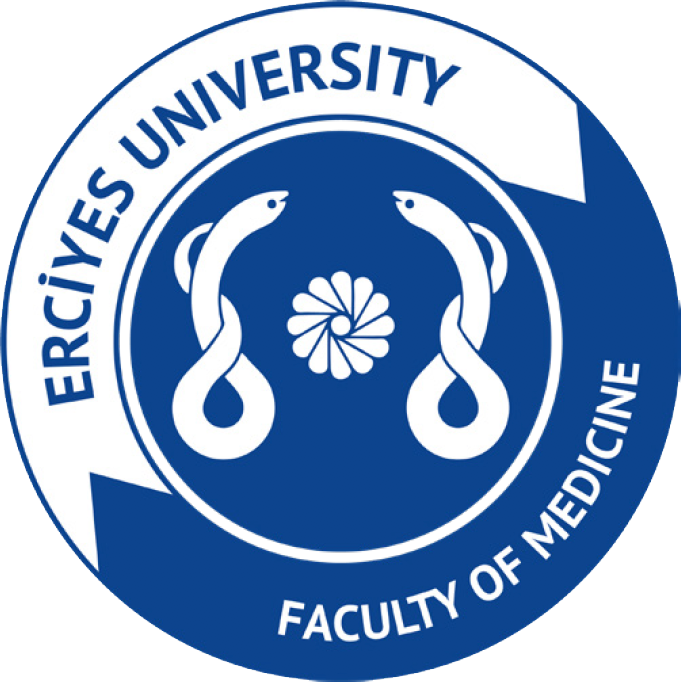2Department of Pediatrics, Sakarya University Faculty of Medicine Training and Research Hospital, Sakarya, Turkey
Abstract
At the end of 2019, the pandemic, which originated in China, has become a major concern all over the world. A new coronavirus, severe acute respiratory syndrome-related coronavirus 2 (SARS-CoV-2), has been defined as the reason for a cluster of unknown pneumonia. Thus far, no precise therapy or vaccine has been shown to be effective against SARS-CoV-2 infection. Mild cases can be treated by supportive care although symptomatic treatment is not enough for critically ill patients. However, extracorporeal membrane oxygenation, convalescent (immune) plasma (CIP) and certain specific antiviral drugs for this disease are still being investigated for improving the survival rate of cases with SARS-CoV-2 infection whose condition continued to deteriorate. The use of passive immunization, for the prophylaxis and therapy of human contagious diseases, has been gone back to the 20th century. Human whole blood is also a source of antibodies. CIP consists of collecting blood plasma from someone who has recovered from a specific infection. Recent literature data show that human CIP may be an alternative option for managing coronavirus disease 2019 (COVID-19) and will be accessible when adequate numbers of individuals have improved. However, such donors should have a high titer of neutralizing immunoglobulin-containing plasma. CIP can be administered to improve the survival rate for COVID-19, together with other drugs and preventive measures, when specific management is not obtainable. On the other hand, randomized clinical trials are still necessary to assess the safety and efficiency of CIP in the therapy of COVID-19. In this article, we want to address the special role of CIP therapy in various infectious diseases from yesterday to today, including COVID-19.


